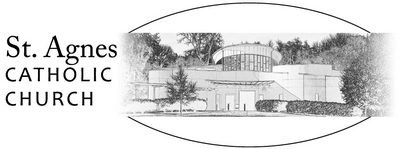Catholic Corner
March 21, 2021
One of the most popular Lenten prayer practices is the praying of the Stations of the Cross. Stations exist in a multitude of texts and formats though the basic structure and intent remains the same. Focusing on fourteen events (stations) at the end of Christ’s life, one meditates on the suffering and death of Jesus and its meaning in the life of the participant and the world today.
Stations are a very old form of prayer. They originate in fourth century Jerusalem, in a time when the Emperors’ mother went through Jerusalem marking historical sites (based on the long memories of local Christians), in a time when Jerusalem became a popular pilgrimage site, and at a time that reflects the beginning of historicism in the Church. Historicism drew connections between the scriptural accounts of the life, suffering and death of Jesus and associated these events with specific sites within the city of Jerusalem.
We know so much about the development of Stations and other events during Holy Week because of the diary of a tourist from this time period. In the middle of the fourth century a Spanish nun named Egeria traveled to Jerusalem and she both experienced and recorded the events of the time. Stations developed at the instigation of the bishop (Cyril) who, when faced with an influx of crowds of pilgrims, devised a series of Holy Week liturgies that would exhaust even the most devout! Included in these celebrations was the opportunity to walk the way of the cross as described in Scripture, using the actual sites in Jerusalem (historicism). This became a very popular exercise and one which pilgrims would then carry home and recreate in their own Churches.
The practice gained further popularity as a result of the work of the Franciscans who erected outdoor Stations throughout Europe, to mirror the Stations as found in Jerusalem. Eventually Stations were erected inside the Churches themselves (18th century) and the number of stations was set at fourteen (they had earlier ranged in number from seven to thirty).
Stations of the Cross are part of a form of prayer known as popular devotions or pieties. They can be done in small groups or by individuals alone, the point being to meditate on the Paschal Mystery (life, death, and resurrection of Christ). Today, in many forms of the Stations, the suffering of Christ is connected to suffering in the world today and the participant is challenged to face that suffering and to act to alleviate it. Profound social justice connections are made as part of the spiritual journey of Stations.
At St. Agnes we have outdoor Stations on a walking path around the property. At the First Station you will find copies of various forms of the Stations of the Cross you can pray as you walk.
